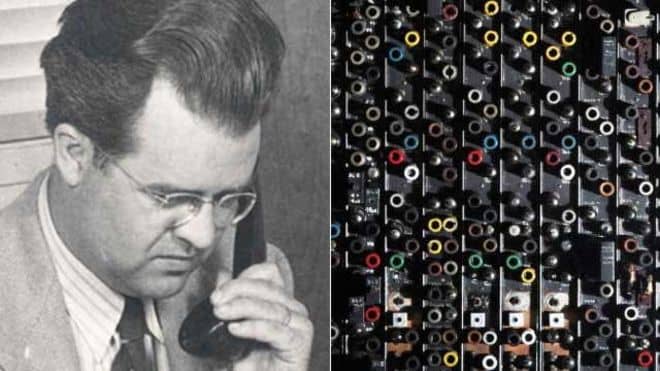Engineer Harry Huskey, the pioneer of the first ever computer, has died aged 101. Dr. Huskey is credited to build the famous Electronic Numerical Integrator and Computer (ENIAC) back in February 1946, which was one of the first electronic and programmable computers.
Dr. Huskey also worked on the Ace – the Automatic Computing Engine – a design presented by Alan Turing.
The Eniac measured more than 100ft (30m) in length and 30 tons in weight. The computer was built at the University of Pennsylvania in the 1940s and used 18,000 valves and 1,500 relays. It was also the first general purpose computer and required massive rewiring on its various units to reprogram it for different activities.
Dr. Huskey became part of the ENIAC team after joining the University of Pennsylvania as a mathematics teacher for the Naval recruits. He came up with the part that used a punch card reader to make the machine work along with writing technical manuals on its operations.
ENIAC was used to calculate the trajectory of shells for the US army in the second world war. After the war, Dr. Huskey helped Alan Turing in the UK to complete the Ace at the National Physical Laboratory. And when the design was completed in 1950, it was the fastest computer in the world.
Huskey is also the creator of two other machines – the Swac (Standards Western Automatic Computer) and the G-15 which weighing almost a ton but was the closest thing to a personal computer since it could be operated by one person.
“Harry basically lived through and participated in the entire span of the history of electronic computing,” Dag Spicer, a curator at the Computer History Museum, told the New York Times.
Dr. Huskey spent his career teaching computing at the University of California, Berkeley and is also one of the founders of the computer science faculty at UC Santa Cruz.

